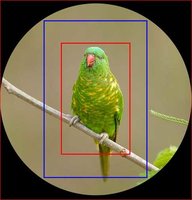sujoyp
Grand Master
bro as long as i know aperture value is not dependent on any format..and light intake will be same on 4/3 or apsc or full frame 35mm
A lens with 1.8 aperture will have same 1.8 everywhere.....the difference is sensor size
a bigger sensor will take more light...the smaller sensors may be have smaller surface for the light (i am talking all unscientifically)
soo as the bigger sensor have more light on its surface it may be slightly better at same aperture value...more light = faster shutter at same aperture
bro as long as i know aperture value is not dependent on any format..and light intake will be same on 4/3 or apsc or full frame 35mm
A lens with 1.8 aperture will have same 1.8 everywhere.....the difference is sensor size
a bigger sensor will take more light...the smaller sensors may be have smaller surface for the light (i am talking all unscientifically)
soo as the bigger sensor have more light on its surface it may be slightly better at same aperture value...more light = faster shutter at same aperture
A lens with 1.8 aperture will have same 1.8 everywhere.....the difference is sensor size
a bigger sensor will take more light...the smaller sensors may be have smaller surface for the light (i am talking all unscientifically)
soo as the bigger sensor have more light on its surface it may be slightly better at same aperture value...more light = faster shutter at same aperture
bro as long as i know aperture value is not dependent on any format..and light intake will be same on 4/3 or apsc or full frame 35mm
A lens with 1.8 aperture will have same 1.8 everywhere.....the difference is sensor size
a bigger sensor will take more light...the smaller sensors may be have smaller surface for the light (i am talking all unscientifically)
soo as the bigger sensor have more light on its surface it may be slightly better at same aperture value...more light = faster shutter at same aperture

